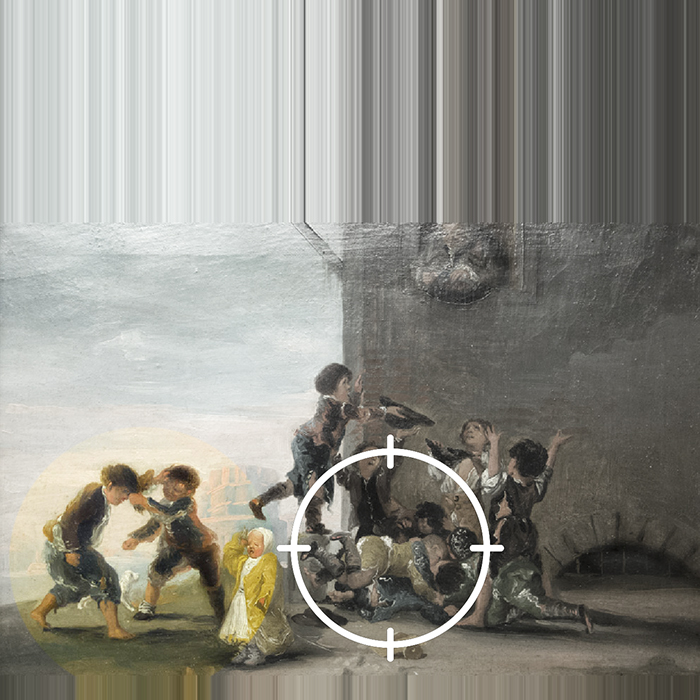
In many cases, children who have had traumatic experiences in their past may display strong emotional suffering. This distress may be expressed through inappropriate behaviour in the classroom, both towards their peers as well as their teachers.
Among the various forms of violence to which a child may be subjected, sexual abuse is the most difficult to detect and is also the most unthinkable for an adult to imagine. This is especially true because children often do not speak about sexual violence but instead express themselves through their behaviours.
For these reasons, when a teacher is confronted with a child who shows, for example, sexualised behaviour, he or she may feel cornered and not know what to do.
The teacher may experience a spectrum of emotions, from anguish and anger to a feeling of powerlessness or excessive emotional detachment. It is important to recognise that all of these feelings are valid, and that understanding them is a first step in the process of assisting the child.
What skills do teachers need to better cope with these sensitive situations?
How can they successfully manage their feelings and avoid becoming harmful?
In order to help the teacher and the school organisation to respond to these situations it is important:
Child sexual abuse is the involvement of a child in sexual activities, even if not characterised by explicit violence.
It can be made by an adult who is almost always an authority figure for the child, both within the family and in non-family relationships (places of aggregation, sports activities, school).
Child sexual abuse can include touching, kissing and oral sex: sexual abuse isn’t just penetrative.
Non-contact abuse is where a child is abused without being touched by the abuser. This can be in person or on line (showing pornography, exposing a child to sexual acts, making them masturbate).
The child often uses BEHAVIOURS instead of words to ask for help. He/she identifies people close to him/her to communicate the abuse in which he/she lives
The teacher is most frequently this adult chosen by the abused child.
Furthermore, it is important to observe the child attentively and collect all the indicators that could be worrisome and that could require a more incisive intervention.
When children have been abused or exposed to sexuality that is inappropriate for their age, they experience sexuality in a precocious and distorted way and can act on it through behaviours that are inappropriate for their age.
Some examples:
Child sexual abuse is unthinkable: the adult usually reacts with emotions that are difficult to recognise and understand. The emotions involved are generally painful and unpleasant. There are many feelings that the teacher may experience:
Faced with such emotions, teachers try to protect themselves through subconscious attitudes and defence strategies. These reactions are normal, but they can interfere with the possibility of being helpful to the child.
It is important to be aware of these emotions, to look at them and share them with other professionals.
When a teacher is confronted with a child in the classroom who is very unwell, it can be quite difficult to understand what to do, especially in cases of suspected sexual abuse.
For these reasons it is crucial NOT TO ACT ALONE.
In particular, situations of suspected sexual abuse cannot be dealt with on one’s own, both because of the emotional reactions that can arise, and because of the complexity of the situation.
In all these situations, the teacher can:
When a child manifests strong discomfort, it is usually a cry for help. For these reasons, it is necessary activate a support network to help the child.
By sharing information with the school management and talking to professionals, teachers can be supported in their work and in properly dealing with pupils who are showing signs of distress.
This collaboration is necessary in order to build an integrated intervention solution to better assist and support children with traumatic experiences.
ask the parents or caregivers about the child’s family history and any traumas they have suffered.
when a child engages in sexually inappropriate behaviour in the classroom, it can create discomfort for both the teacher and the children. It is important to stop this behaviour immediately, trying to use a calm tone of voice.

The BRIGHTER FUTURE project has been funded with support from the European Commission. This publication reflects the views only of the authors, and the Commission cannot be held responsible for any use which may be made of the information contained therein.
